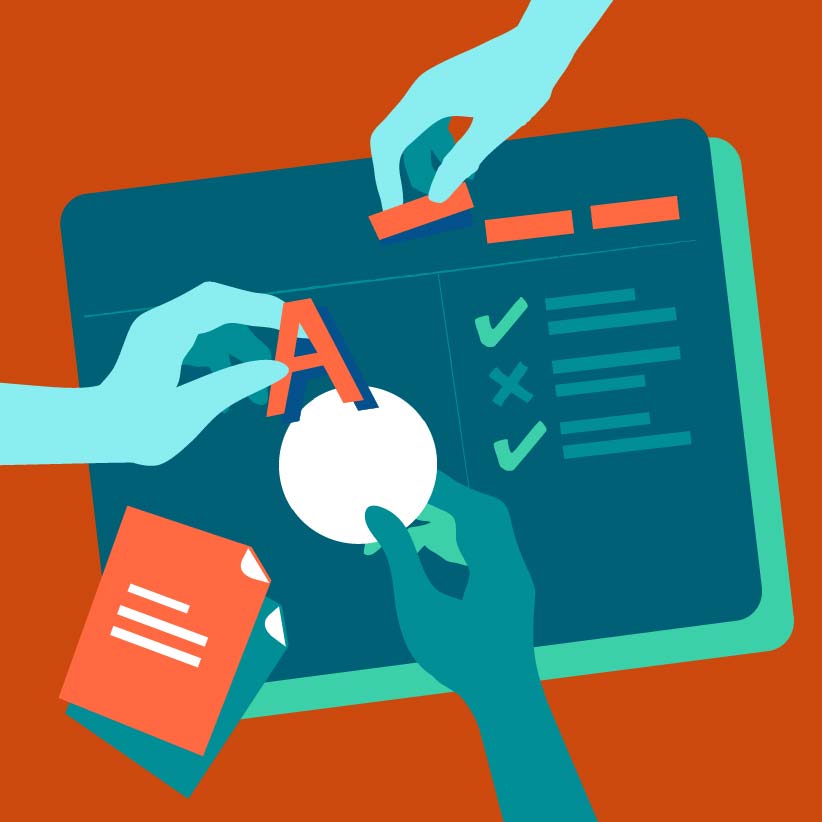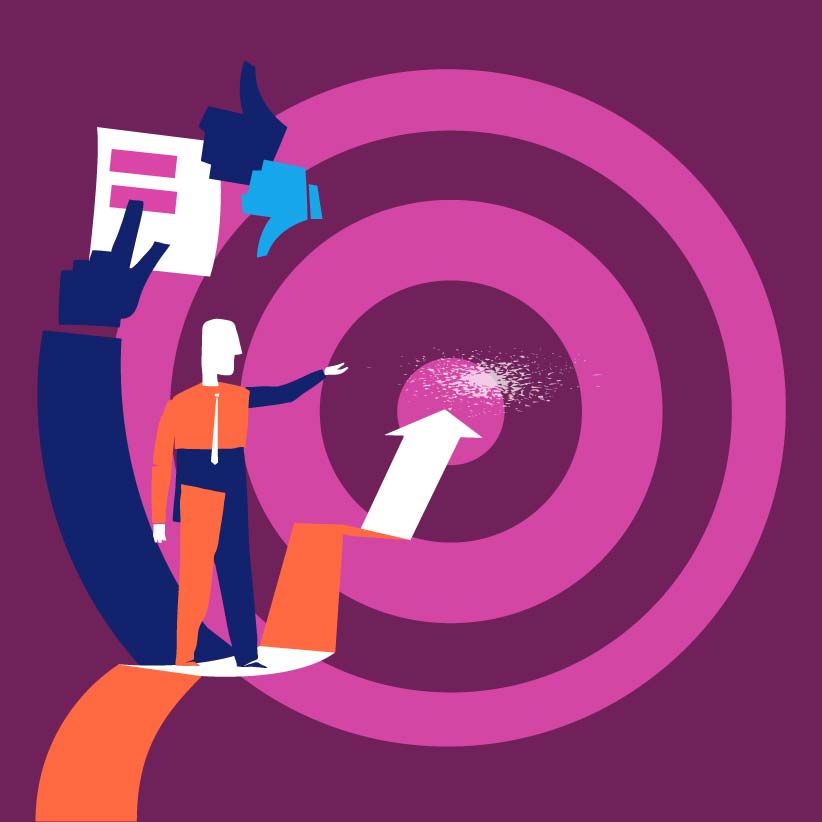Keep the User in Mind to Overcome the Crisis
The user – buyer – needs new incentives to purchase a product. It is not enough for it to be functional, it needs to fulfil the values and the lifestyle of the user
Aporte Destacado
- Comments:
- 0
- Votes:
- 2
- ES
José Antonio Giménez is co-author of this article.
Not even nowadays, in the dawn of a deep recession, designers, and least of all manufacturers, listen to what users demand. We have entered into an small-minded spiral where other decide what to have in our house or office, how do we have to interact with a room, without taking into account if that is the way people who buy that products want to live.
There is a drop in sales, warehouses are not emptied as before and the inflexibility seems to be the only answer. Reductions in innovation investments and, of course, overblown action plans that never take users opinion into account but talk about emerging economies, the fall in prices, the increased costs, trade balances, employment restructuring, etc., but without a single reference to the opinion of those who, apparently, are under the obligation to buy those products and services created for them.
And then, when all the arguments exposed keep giving the same result: recession, we always see looks of surprise. Flabbergasted executives pointing an accusing finger at users who prefer to save rather than spend on their products, maybe because they don’t seduce them, neither they fit any of the users necessities or do not add anything new to what they already have. This is not relevant for those who, without effort, achieved attractive returns during the rising trend in economy.
Those who, maybe ill-advised, lived their daily life as if that situation was going to be something permanent, those who preferred to close the factory and start to produce in other countries, reducing the number of employees but, of course, expected that those people without any job in view will keep buying their products.
I am referring to, specifically, those agents who saw exportation as a panacea, but didn’t make any effort to differentiate their offer from the existing one, and whose investment was reduced to the hiring of professionals in other countries to make their products more international and cosmopolitan without noticing that what they offer and their productive system is far from what they try to achieve.
How can a chairs and sofas firm just offer one footrest model? Relying on the premise that consumers’ necessities are covered with one product that has, at least, ten years, they do not offer an alternative to the consumer. A product that was easily sold, as there wasn’t any other alternative, but now, doesn’t sell very well.
Changing the model doesn’t demand large technological investments or a complex structure, but a change of mind, which is more difficult than it looks. The user — buyer — needs new incentives to purchase a product. It is not enough for it to be functional, neither to be aesthetically pleasant, it needs to fulfill the values and the lifestyle of the user. This is something that most of the furniture and decoration companies lack of.
Companies should adapt to the evolution of our way of living. As André Ricard recently said «chairs should be collapsible or stackable in order to move them away when not used to free up space. Hanging cutlery in order to be handier and not in a drawer. And vast numbers of changes like these, apparently minor but capable of improving the usefulness of the product». Simple measures that provide tangible benefits to the product and the buyer.
In the same way we also find the inclusion of new productive materials, from cardboard to certified wood, Duralmond — formerly Maderon — bioplastics, natural raw materials or the reinterpretation of the use of elements that have already fulfilled their original function. This more profitable use of already existing product, rationalization of resources and sustainable growth together with the reinterpretation of the current spaces, are the only way out of the crisis in the furniture and decoration sector. The present way will only delay the agony.
Impulsa tu carrera
No te quedes solo con la lectura. Descubre nuestros programas de actualización y especialización para llevar tu perfil profesional al siguiente nivel.
Ver Oferta AcadémicaComparte
Por favor, valora el trabajo editorial utilizando estos enlaces en lugar de reproducir este contenido en otro sitio.

Topics covered in this article
What do you think?
Your perspective is valuable. Share your opinion with the community in the discussion.
Comment now!


